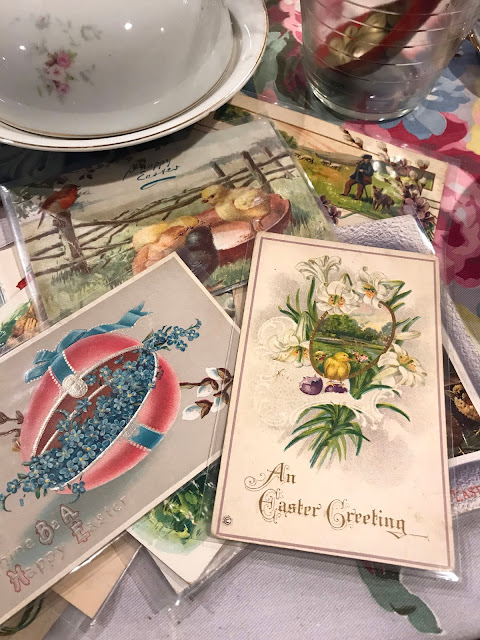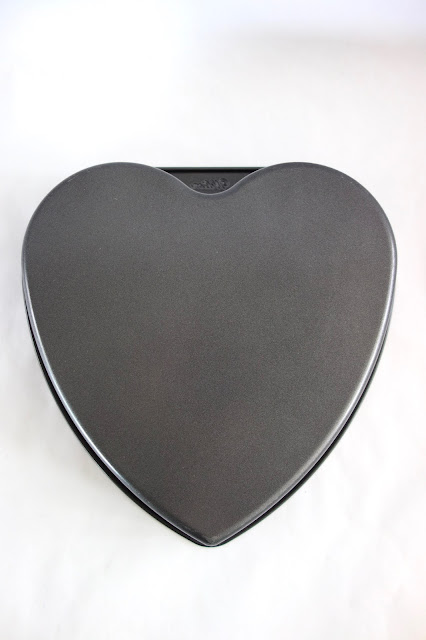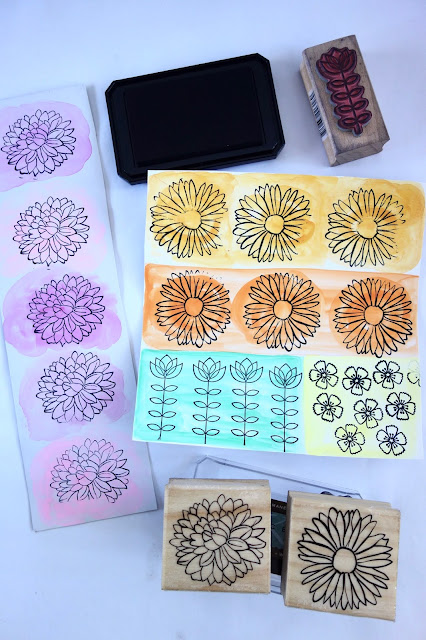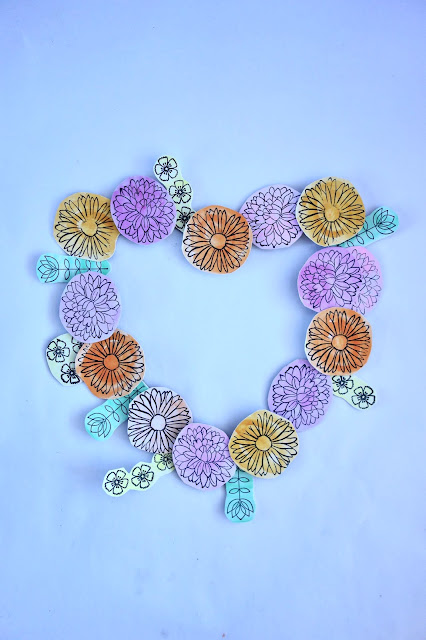Hello and Happy Easter! I'm pretty sure you'll agree that flowers are one of life's greatest pick-me-ups, whether you buy them for yourself or given to you as a token of affection.
Over the years, I've taken some lessons in flower arranging.
Here is a very ladylike arrangement with roses, tulips, wax flowers, hypericum berries, and lavender in a simple vase.
This one reminds me of a bouquet picked from a meadow. It's composed of sunflowers, dahlias, salvia (purple), solidago (yellow), gomphrena (small red bulbs), and celosia (cockscomb flower) carefully placed in a mason jar.
This one's a spring arrangement in a soothing pink palette.
*****
One of the most mind-opening classes for me was when we learned Ikebana.
Ikebana ("living flowers") is the Japanese art of arranging flowers. It's an ancient tradition where flower offerings were meant for altars. Ikebana eventually found a place in homes and interior spaces, encouraging spiritual reflection and nature appreciation.
The basic materials include an utsuwa (shallow container with water) and a kenzan (flower frog) that keeps the flowers securely in place.
Of course, flowers and stems are required but in a very small variety. We're aiming for minimalism, an awareness of shape and line, balance, and a lot of open spaces.
Ikebana follows very specific rules, the most important of which is that the arrangement should form an asymmetrical triangle. The three main stems of the triangle are called Shin (heaven), Soe (earth), and Tai (man).
To determine the length of the stems, add the width and height of your utsuwa (container). The tallest item is the Shin (1.5 to 3 times the combined width and height of the utsuwa), followed by the Soe (2/3 the height of the Shin), and the shortest is the Tai (2/3 the height of the Soe).
Angles are an important element, too. This is the basic style diagram when positioning the stems: Shin (10 degrees), Soe (40 degrees), and Tai (70 degrees). The pin-like teeth of the kenzan keep the stems at the required angle.
This is my first try at Ikebana and it was initially stressful to remember all the rules, measurements, and really limiting the amount of flowers used (the arrangements I made up top follow a "more is more approach").
Creating the arrangement should be done in silence and the meditative process results to calm and inner peace -- the union of Shin (heaven), Soe (earth), and Tai (man).
After all is said and done, I did arrive at a calm state, especially when I look at the piece I made.
And this is how I turned some simple materials from blah to TADA!

















































